My recent trip to France? It flipped my idea of “living well” on its head. I used to think French culture was just about fancy food and high fashion, but wow, there’s this whole other layer—something called “art de vivre“—the art of living.
Art de vivre, at its core, is a French way of turning life’s little moments into something truly special. It’s about slowing down, finding joy in the everyday, and making even the simplest routines feel meaningful.
This approach dates back to the French Renaissance. It shapes how the French eat, dress, and connect with each other.
Once I started embracing art de vivre on my travels, I saw France in a completely new way. I began to savor my morning coffee, really noticing the care behind each meal. Every moment felt richer—so much more than just ticking off tourist sights.

Understanding the Essence of ‘Art de Vivre’
French art de vivre isn’t just a lifestyle—it’s a philosophy that changes how you see daily life. Centuries of culture and history have shaped this idea, and it still guides how the French find happiness in the ordinary.
Origins and Philosophy Behind the French Art of Living
Art de vivre goes way back. The French Renaissance in the 16th and 17th centuries set the stage.
King François I encouraged people to enjoy beauty and pleasure—everywhere and in everything. Leonardo da Vinci even lived in the Loire Valley back then, adding his own flair to the culture.
The heart of the philosophy? Happiness in small moments. French writer Françoise Hertel nailed it: “The art of living life to the full is not so much about complicating simple things as it is about simplifying the unsimplified.”
This tradition didn’t fade away. It became part of daily life. The French started treating ordinary moments as chances for joy and appreciation.

Core Values: Elegance, Appreciation, and Presence
Art de vivre stands on three main pillars:
Elegance—The French always seem to pick quality over quantity. One beautiful thing beats a dozen cheap ones.
Appreciation—They notice the details. Whether it’s a perfectly set table or the very first sip of coffee, those small touches matter.
Presence—They slow down and really live in the moment. Meals aren’t rushed; they’re celebrations.
I saw these values everywhere. Neighbors spent ages talking about where to buy the best ingredients for dinner. Meal planning felt like an art, not a chore.
Even something as simple as Petit Lu biscuits—did you know each cookie has 52 jagged edges for the weeks in a year, and four corners for the seasons? That’s attention to detail.

Influence of French Thinkers and History
French philosophy shaped art de vivre long before anyone called it that. Voltaire and other Enlightenment thinkers pushed the idea that happiness and pleasure are basic rights.
The French Revolution shook things up. Suddenly, pleasures once reserved for the elite became available to everyone.
This shift made art de vivre accessible. It was no longer just for the rich—it was for anyone who wanted to enjoy life.
French thinkers insisted everyone deserves beauty and pleasure. That idea stuck, and now, taking time for small joys is just normal.
UNESCO even recognizes the French meal as a cultural treasure. That says a lot about how deeply this tradition runs.
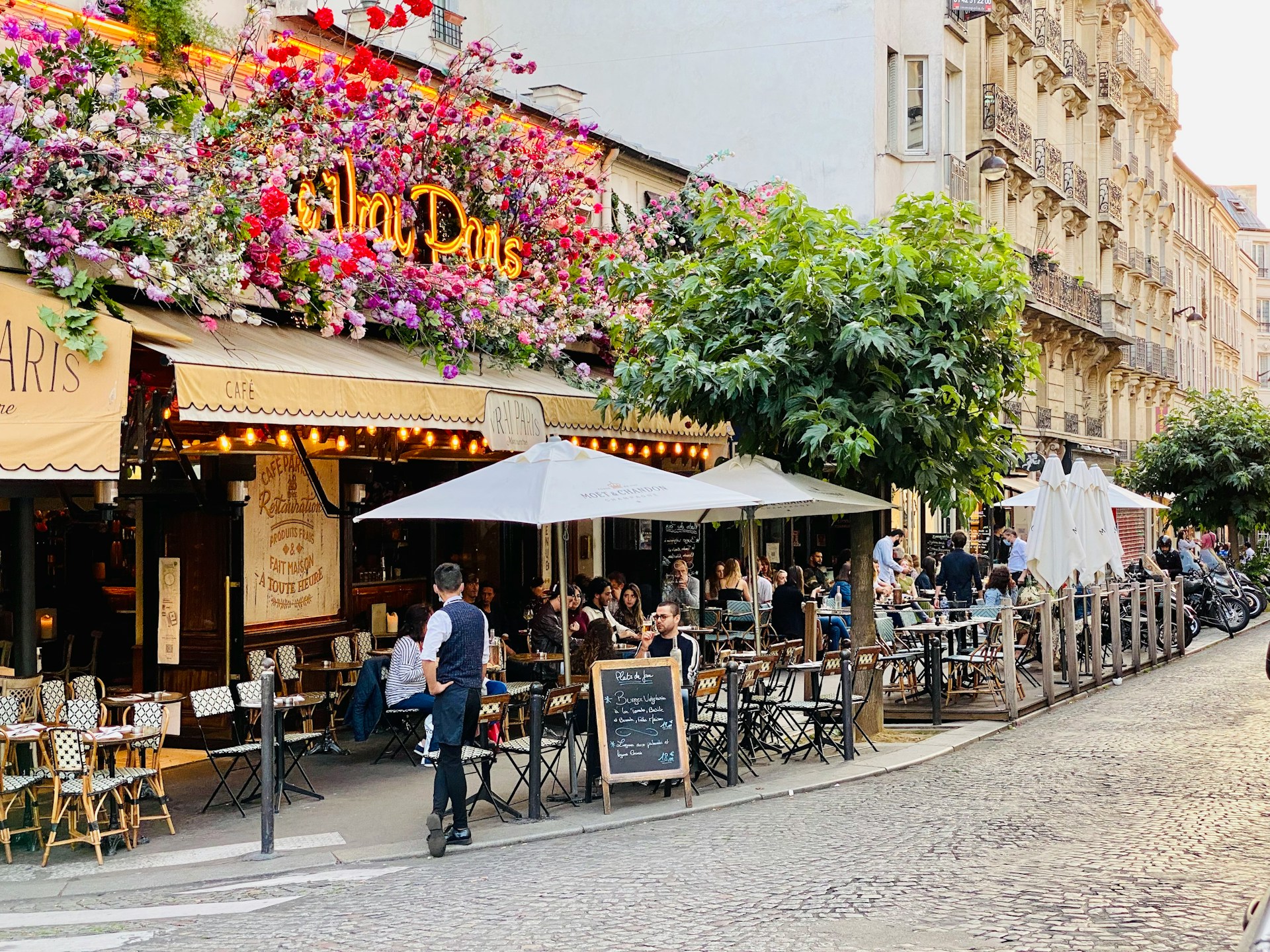
French Lifestyle in Practice: Everyday Moments
The French lifestyle comes alive in small, daily rituals. Whether it’s wandering aimlessly, just being instead of always doing, or gathering for drinks with friends, these habits make up the real heart of French life.
Flâneur Spirit: Strolling and Observing Daily Life
Wandering Paris with no real destination taught me more about French culture than any guidebook ever could. The flâneur tradition? It’s all about strolling slowly and watching life unfold around you.
French folks have really mastered this purposeful wandering. They pause at shop windows, watch café conversations, and notice architectural details that most tourists miss.
During my morning walks, I saw locals choose bread at bakeries with real care. They’d inspect baguettes and chat with the baker about the crust. It wasn’t just shopping—it was appreciating the craft.
I’d just sit on a park bench and watch. Parisians do this all the time. They notice kids playing, couples chatting, and dogs trotting along. No phones. No hurry.
The flâneur spirit made me realize observation is its own kind of art. French streets turn into little theaters, with daily life on display. Suddenly, I saw flower boxes in windows, the way sunlight played on old buildings, and how warmly people greeted each other.
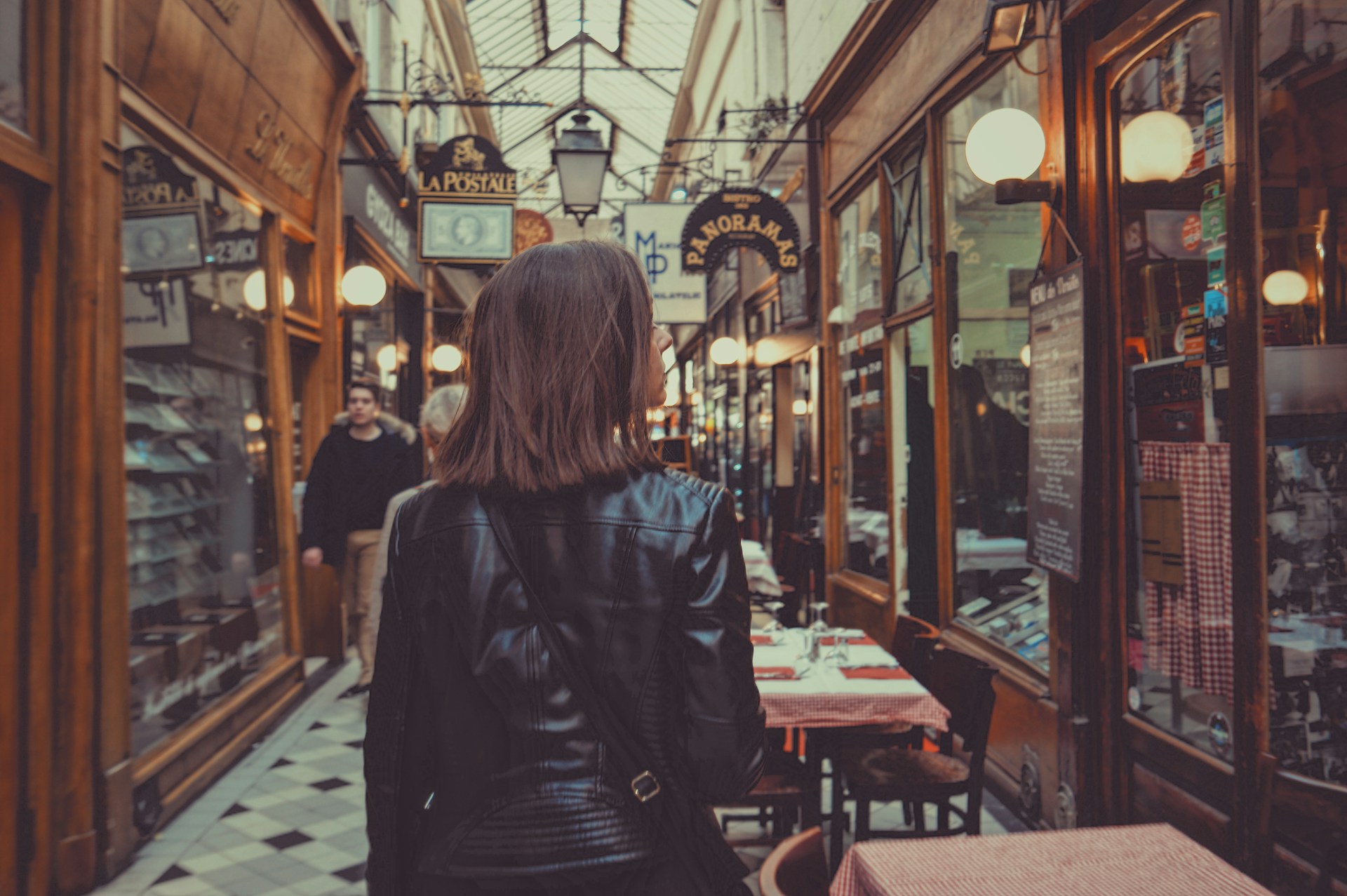
Living in the Present: ‘Être’ vs. ‘Faire’ and ‘Avoir’
French language says a lot about their mindset. Three verbs pop up: Être (to be), faire (to do), and avoir (to have). But “être” seems to win out in everyday conversation and life.
Americans often ask, “What do you do?” In France, it’s “How are you?” That changes everything. The French care more about your state of being than your job or your stuff.
I noticed friends stayed really present during conversations. No one was distracted by their phone. When we shared meals, everyone focused on the food and each other.
The “avoir” mindset—collecting things—just doesn’t seem as important. My Parisian hosts owned less, but every item felt special. Quality trumped quantity every time.
This “être” philosophy changed how I traveled. I stopped rushing to see everything and just let myself exist in the moment. Sitting in a café became a kind of meditation.
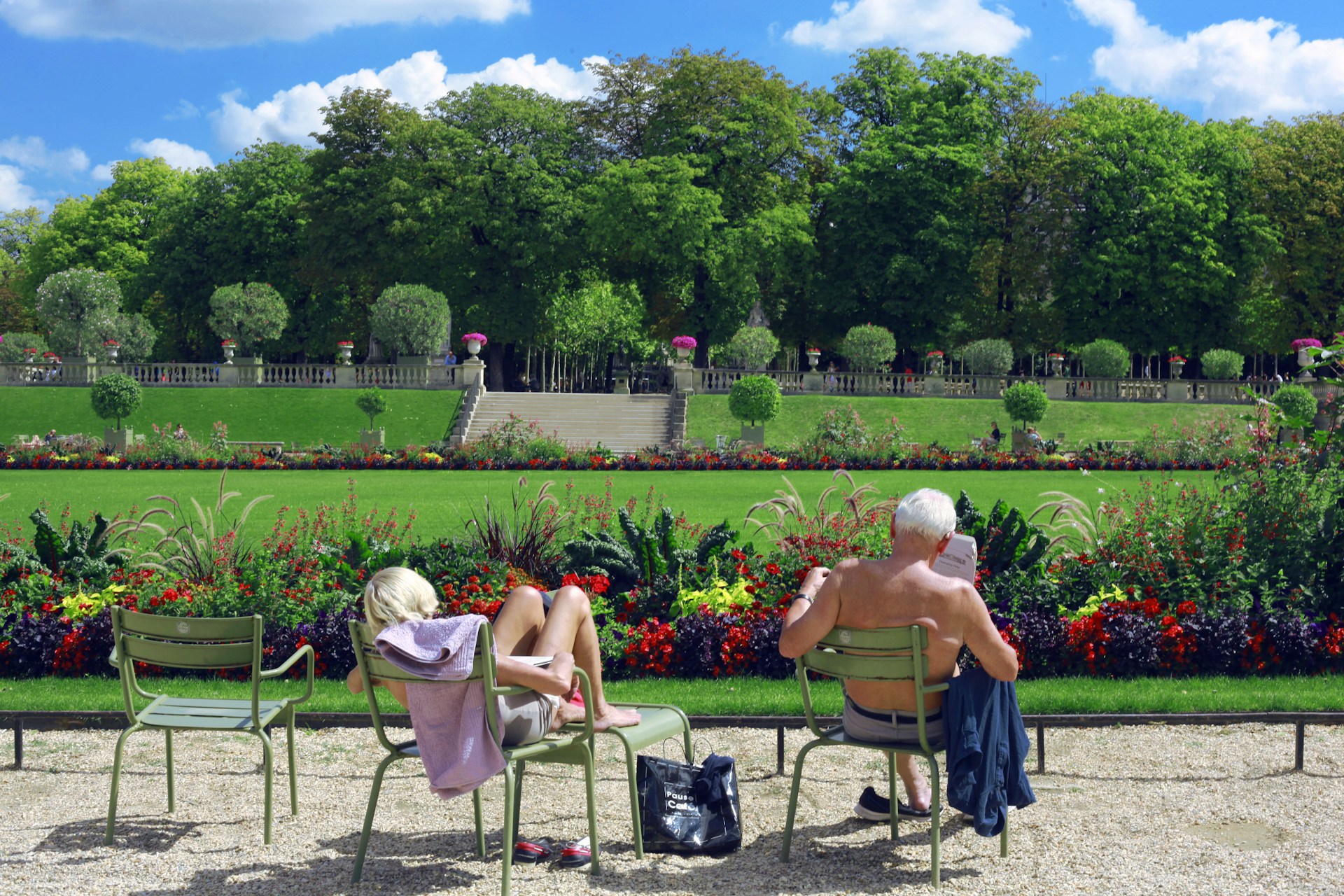
Embracing Social Gatherings and Apéros
Apéro culture completely changed my view of French social life. These pre-dinner drinks and snacks create sacred social time that people genuinely protect.
The tradition kicks off daily, usually between 6 and 8 PM. Friends gather for wine, cheese, olives, and conversation. Work stops. Phones go away. Real connection starts.
I got to join a few apéros while I was there. Each felt like a mini celebration. Hosts arranged simple foods beautifully—cheese on wooden boards, wine in proper glasses, conversation flowing easily.
There are unspoken rules. No talking about work problems or watching the clock. Politics and philosophy? Fair game. Laughter? Pretty much guaranteed.
Apéros showed me that, in France, relationships matter more than productivity. Spending two hours over drinks isn’t lazy—it’s essential. That’s how community bonds grow strong.
And it’s not just Paris. Every region, from tiny villages to big cities, pauses for this daily ritual of connection and joy.
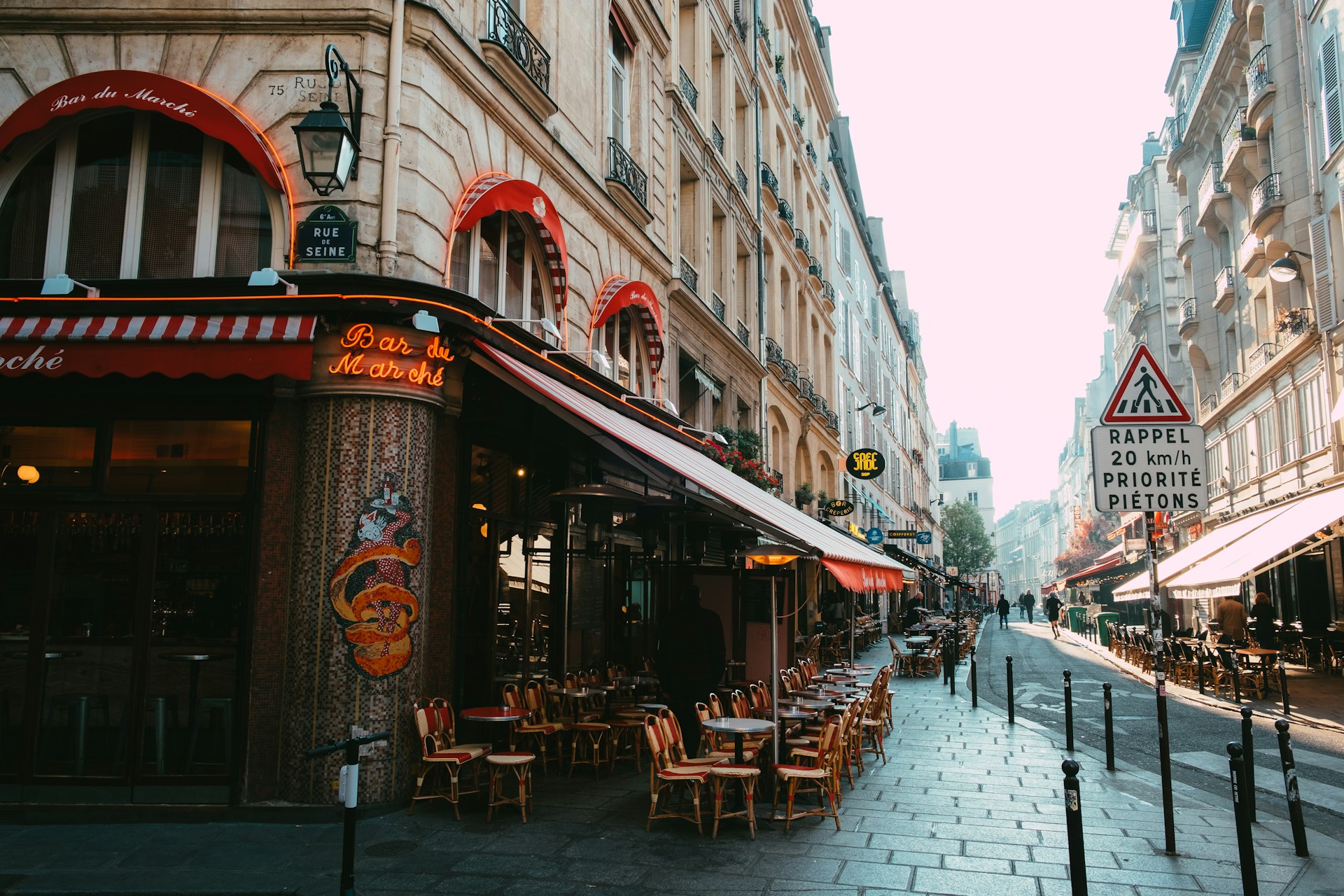
Cultural Heritage and Artistic Expression
French culture pulses with centuries of art, music, and craftsmanship. Museums brim with masterpieces, and artisans keep old traditions alive, weaving art into the fabric of everyday life.
Celebrating French Art and Museums
French museums blew my mind with how much art shapes the country’s identity. The Louvre alone holds over 35,000 works, from ancient times to the 19th century. Walking those halls, I finally got why art de vivre is so focused on beauty.
Museum moments that stuck with me:
- Musée d’Orsay: Monet and Renoir’s dreamy Impressionist paintings
- Centre Pompidou: Modern art that really pushes boundaries
- Musée Rodin: Sculptures scattered through peaceful gardens
French museums aren’t just about displaying art—they’re places to slow down and reflect. I saw locals spend ages with a single painting.
That lines up with art de vivre. It’s not about how many galleries you see, but how deeply you experience them.
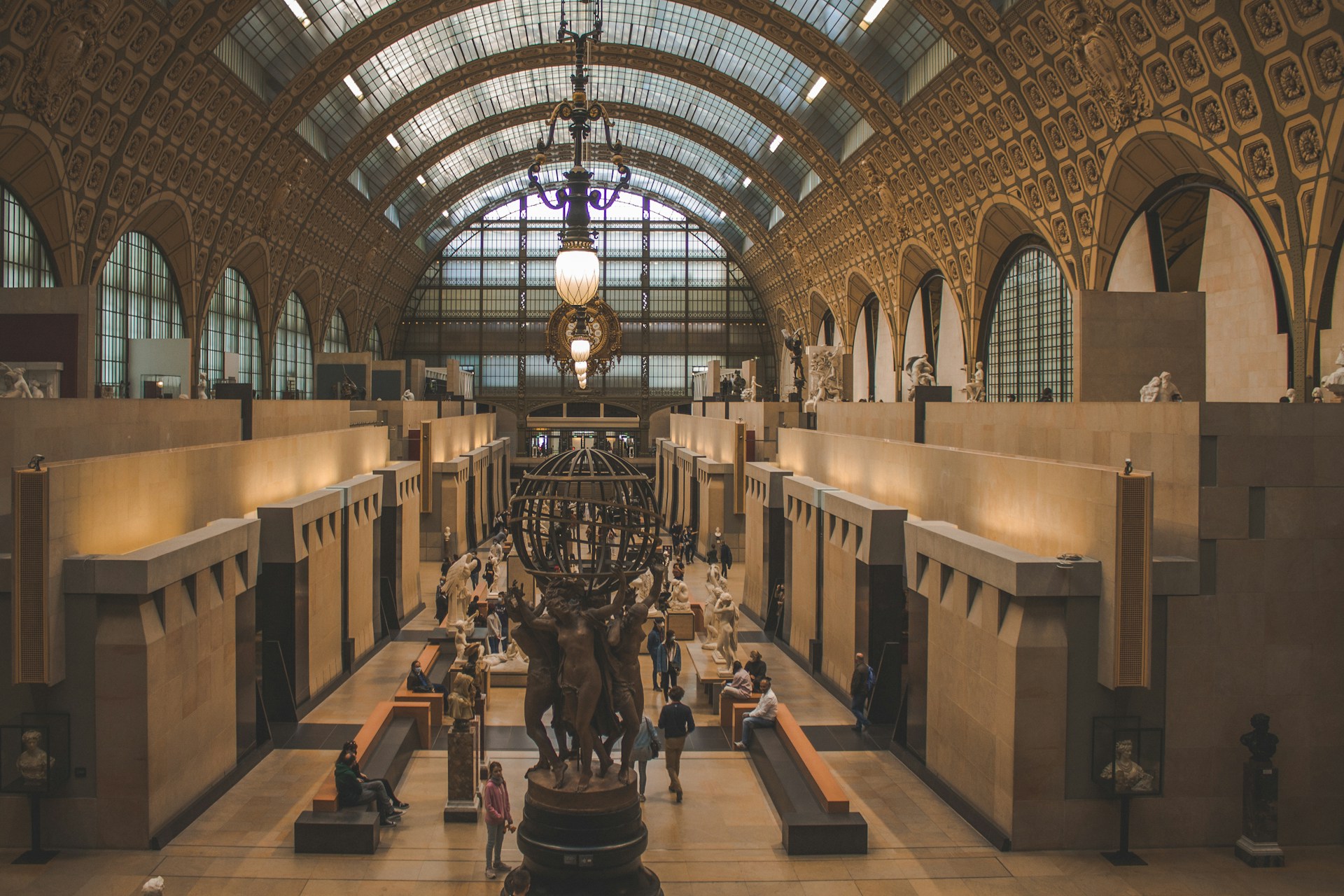
French Craftsmanship and Savoir-Faire
Traditional French craftsmanship is alive and well. I watched artisans in tiny workshops use techniques handed down over generations. Their dedication to excellence really defines French heritage.
A few masters I met:
- Glassblowers in Biot shaping delicate vases
- Silk weavers in Lyon working old looms
- Perfumers in Grasse mixing custom scents
Each craftsperson treated their work like art. They moved with purpose and talked about their materials with real passion. This savoir-faire goes beyond skill—it’s about respecting tradition.
French culture truly values these artisans. Many workshops stay in families for generations. That’s how they keep knowledge alive and set the standard for French luxury.
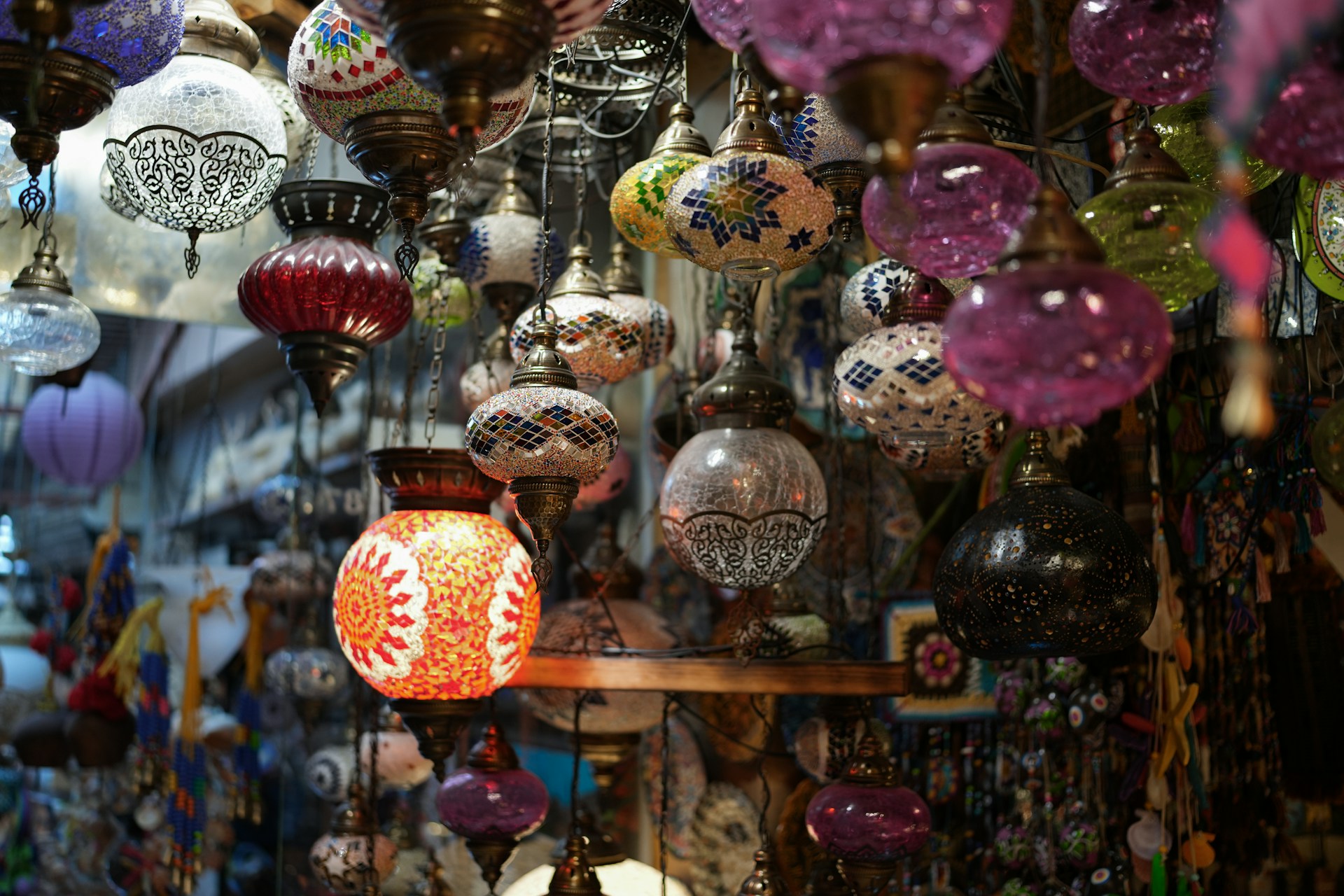
The Role of Architecture and Historic Sites
French architecture tells its own story. Medieval cathedrals, Renaissance châteaux, and Paris’s grand boulevards layer history everywhere you look.
Styles that drew me in:
- Gothic: The soaring spires of Notre-Dame
- Classical: Versailles’ flawless gardens and gilded rooms
- Modern: La Défense’s glass towers standing beside ancient stones
Historic sites aren’t just for tourists. Locals hang out in cathedral squares and wander palace gardens. Architecture isn’t just a backdrop—it’s part of daily life.
This blending of old and new is pure art de vivre. Gorgeous surroundings make even simple activities—meeting a friend, reading the paper—feel special. The past enriches the present, but never overshadows it.
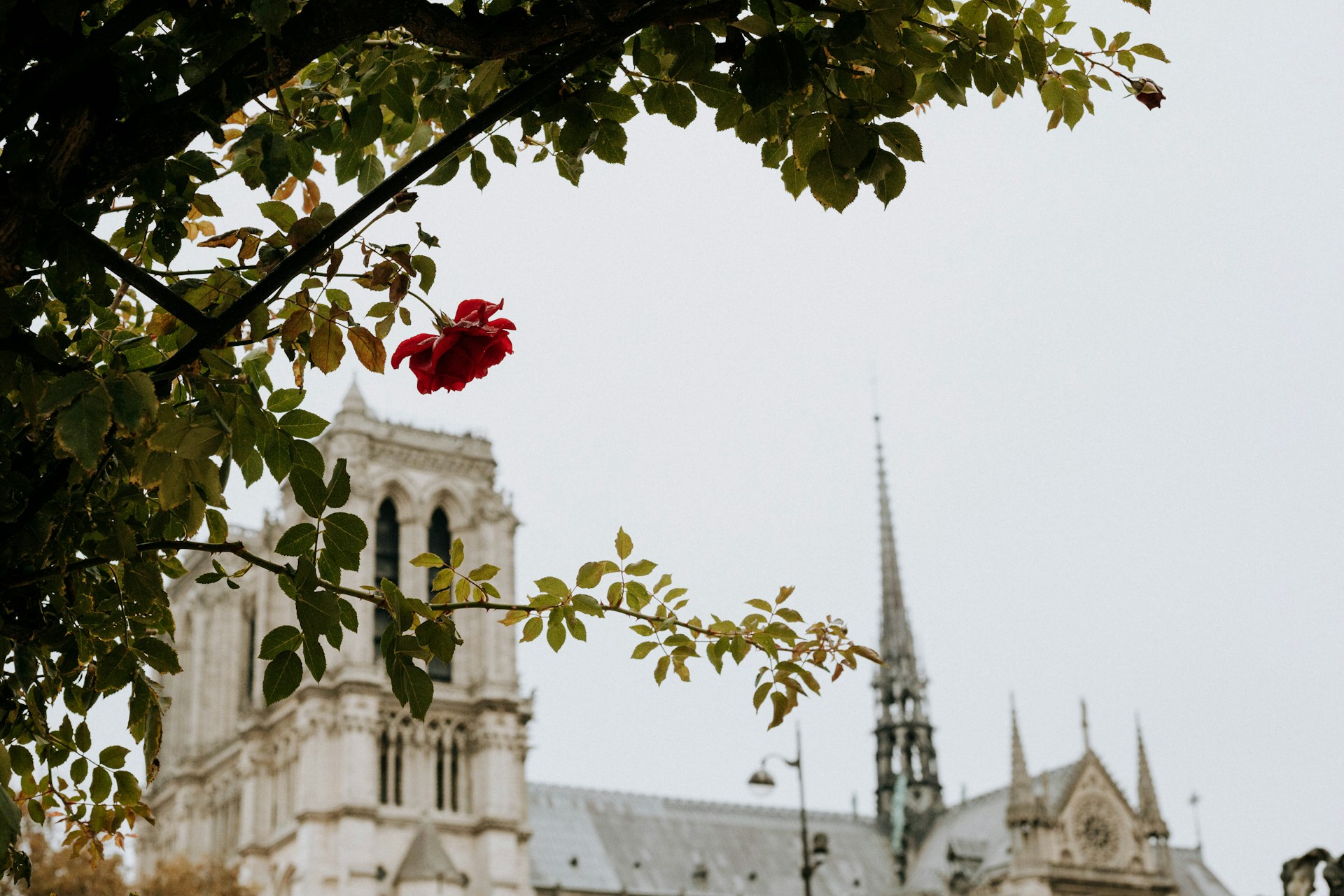
The Significance of French Cuisine and Gastronomy
French gastronomy is so much more than food. It’s a UNESCO-recognized heritage that turns meals into meaningful social experiences. Regional specialties and centuries-old traditions create a culture of savoring life through food and wine.
French Gastronomy: UNESCO Heritage and Regional Diversity
In 2010, UNESCO gave the French meal Intangible Cultural Heritage status. That’s a big deal—it’s not just about recipes, but how the French turn dining into a social celebration.
The recognition celebrates the entire approach, not just individual dishes.
French gastronomy changes dramatically from region to region. Each area has its own flavors and traditions, shaped by local ingredients.
Regional Specialties I Loved:
- Provence: Mediterranean herbs, olive oil, tons of veggies
- Normandy: Decadent dairy and apple-based treats
- Alsace: Sauerkraut and hearty stews with a German twist
- Brittany: Fresh seafood and those irresistible crepes
The south leans light—think tomatoes and herbs. Up north, you’ll find richer, creamier dishes.
Every region brings something unique to the table. Local markets overflow with specialties, and you can taste the difference everywhere you go.

Wine, Cheese, and the Art of Savoring
France boasts over 400 types of cheese, each tied to its own region and story. Wine regions like Bordeaux and Burgundy produce bottles that pair perfectly with local flavors.
The French know their wine and cheese. They take pride in matching flavors to create harmony.
Wine Regions That Impressed Me:
- Bordeaux: Bold reds from legendary estates
- Burgundy: Elegant pinot noir and chardonnay
- Champagne: Sparkling wines for every celebration
- Loire Valley: Crisp whites and easygoing reds
The art of savoring is real here. Meals unfold slowly, with time to appreciate every bite and sip.
Cheese usually comes before dessert, which helps cleanse the palate and highlights the cheese maker’s skill.
Vineyards across the country tell stories of soil, weather, and generations of expertise. Each bottle feels like a little piece of history.
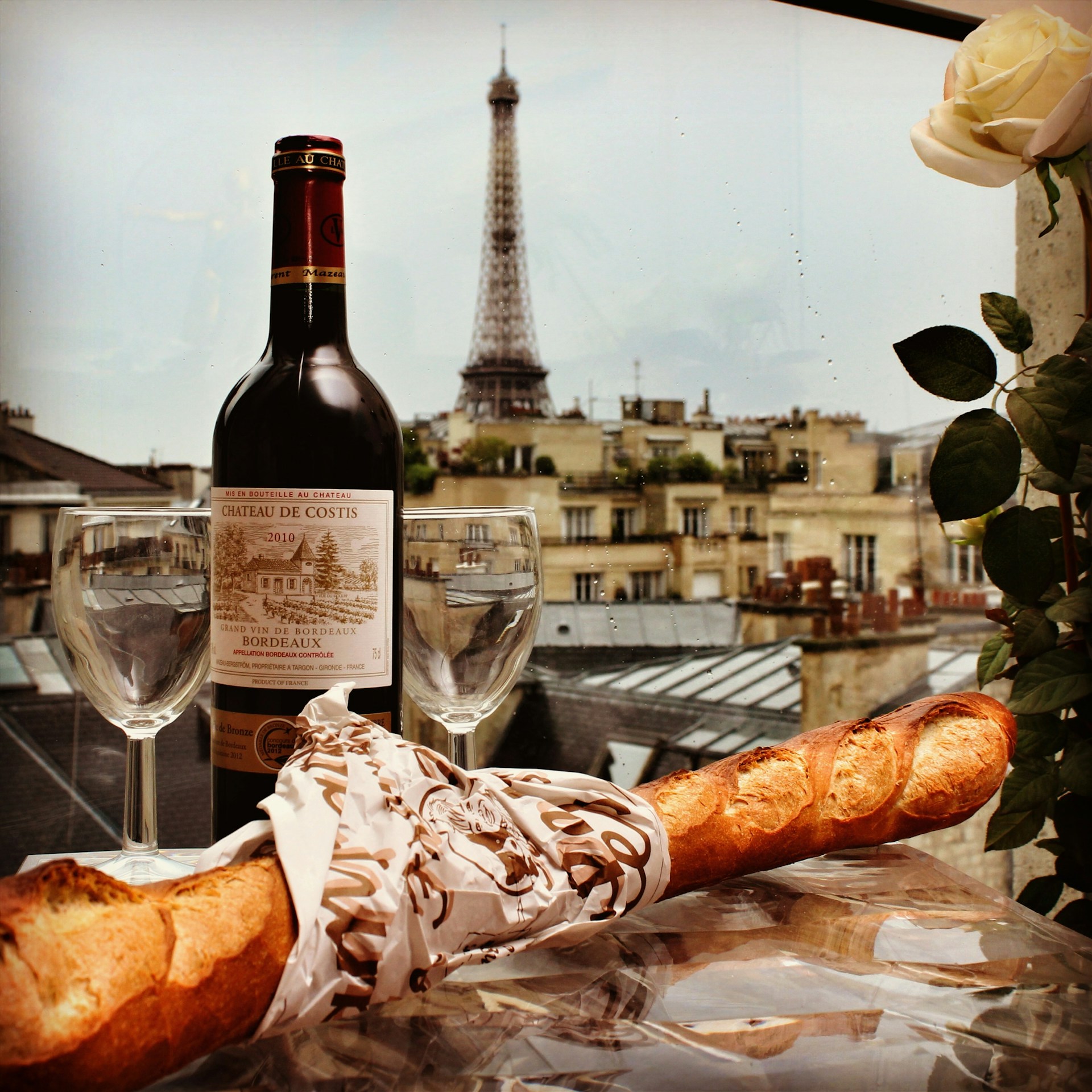
Dining Rituals and Table Etiquette
French dining rituals add a special touch to every meal. These customs set the rhythm and invite everyone to slow down, talk, and connect.
Meals usually start with a carefully set table. The courses roll out one after another—think soup, then a main, and finally dessert. It’s a rhythm that’s been around for centuries.
Essential French Dining Elements:
- Courses arrive in a set order
- Each dish has its own utensils
- Bread rests right on the tablecloth
- Wine flows freely from start to finish
You’ll rarely catch French people eating on the go. They sit at tables and give their full attention to food and friends.
Conversation weaves through every meal. People chat about everything under the sun, but the main point? Enjoying food and each other’s company.
Restaurants use the “service à la française” method. Servers bring courses with breaks in between, giving everyone time to talk and digest.
These rituals turn eating into something more than just refueling. Each meal feels like a chance to bond and admire the artistry on your plate.

Fashion, Elegance, and Sensory Pleasures
French culture has a knack for making the everyday feel beautiful. Fashion, fine living, and the art of scent all play their part. It’s a lifestyle built on quality, not quantity, and a real appreciation for the senses.
Paris and the Rise of Haute Couture
Paris didn’t just stumble into fashion fame—it earned it. In the mid-1800s, Charles Frederick Worth opened his couture house and shook up the way people dressed. He made original designs instead of copying old patterns.
Legendary houses like Chanel, Dior, and Saint Laurent built their names on meticulous craftsmanship. Some pieces take hundreds of hours to finish, all by hand.
As I wandered Paris, I couldn’t help but notice how haute couture trickles down to street style. Even the simplest outfits look thoughtfully put together.
French fashion leans on:
- Simple lines and timeless shapes
- Luxe fabrics like silk and wool
- Mostly neutrals, with the occasional pop of color
- Wardrobe staples that last for years
Paris Fashion Week grabs headlines twice a year, but honestly, the best inspiration comes from everyday Parisians. Their style looks effortless—almost annoyingly so.

The Importance of Elegance in Daily Life
French elegance isn’t just about pricey clothes. It shows up in how people set a table, arrange a bouquet, or even phrase a compliment.
I once watched a café server fold napkins as if it were an art form. Every plate looked like it belonged in a gallery. That kind of attention makes the ordinary feel extraordinary.
Elegance in France means:
- Picking quality over quantity, every time
- Making time for meals and real conversations
- Carrying yourself with good posture and manners
- Choosing classics instead of chasing every trend
Even grocery shopping gets the elegant treatment. People touch the fruit, sniff the bread, and chat with vendors about the best way to cook dinner.
French homes keep things simple and beautiful. There’s less clutter, but every item feels intentional.
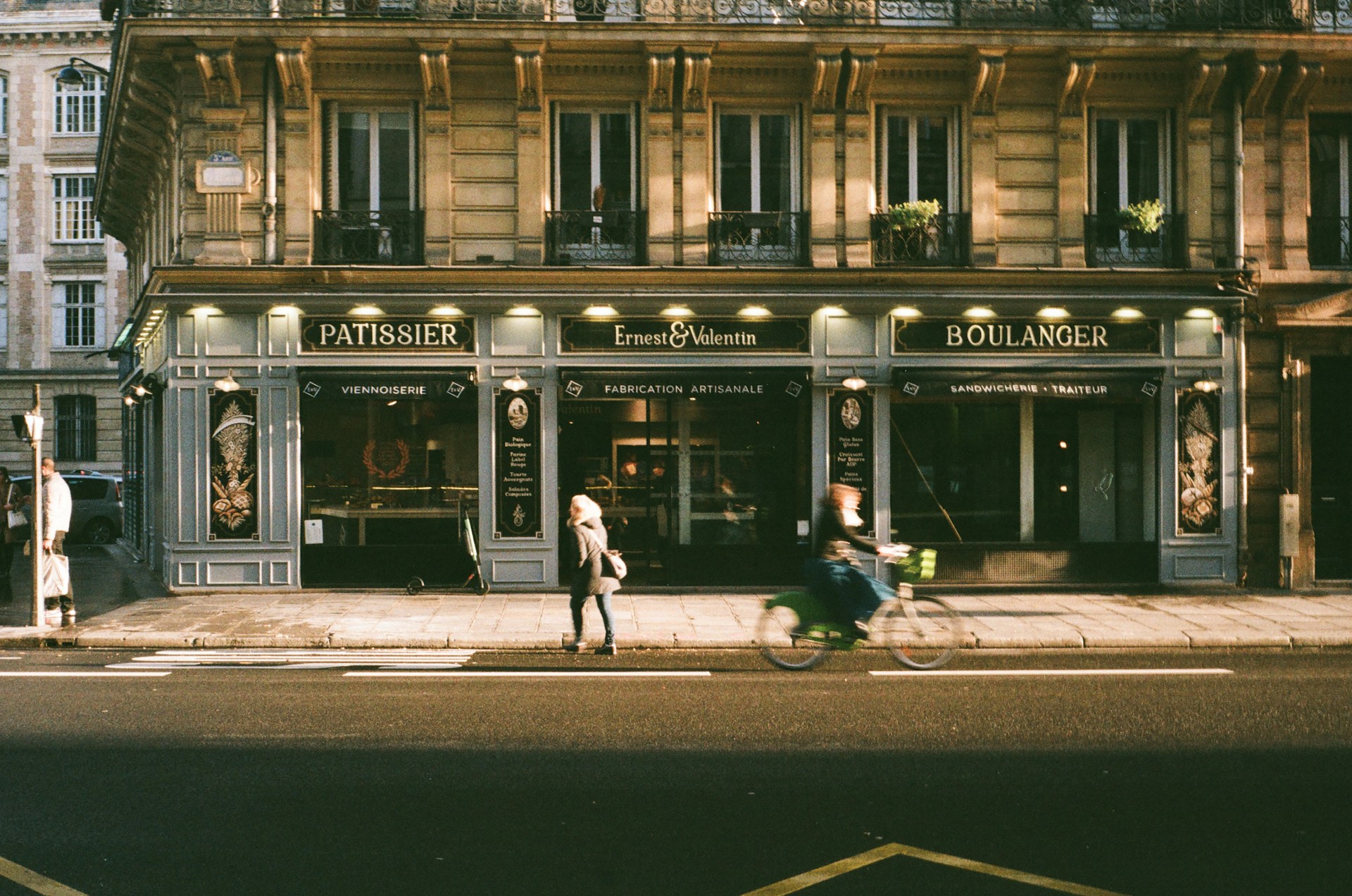
Perfume and the French Sensory Legacy
France, especially Grasse, has mastered the art of perfume. For over 400 years, this town has grown flowers just for fragrance.
Perfumers—“noses,” as they’re called—train for decades. They blend hundreds of ingredients to craft scents that tell a story.
Walking down a French street, you’ll catch whiffs of fresh bread, blooming flowers, and the occasional hint of perfume. It’s a sensory treat.
Some iconic French fragrance houses:
- Chanel (hello, Chanel No. 5)
- Dior (Miss Dior and J’adore are classics)
- Guerlain (Shalimar, Mitsouko—pure magic)
- Hermès (Terre d’Hermès is a favorite)
Many French people pick a signature scent and stick with it. Friends and family start to associate that fragrance with them.
Scent isn’t just for skin, either. You’ll find home sprays, candles, and even perfumed linens in many French homes.
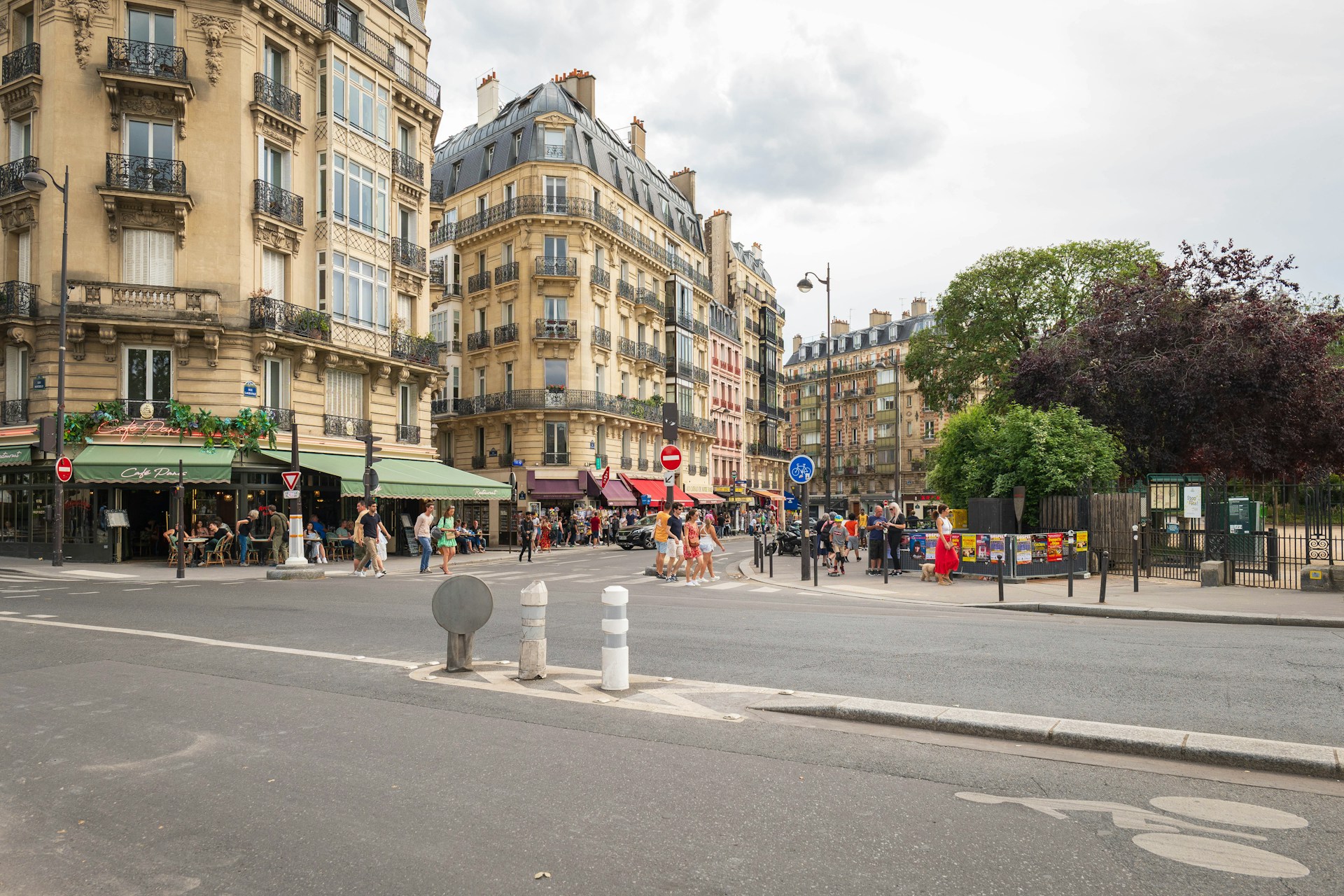
Frequently Asked Questions
During my time in France, I realized the art de vivre is all about savoring simple moments. It’s about choosing quality, finding joy in daily rituals, and weaving pleasure into every day.
Art de vivre really comes down to slowing life’s pace. The French linger over their morning coffee—they don’t gulp it down on the run.
They pick experiences and things that truly matter. Instead of buying a lot, they buy better.
Simple rituals become meaningful. I’ve watched people spend ages picking out the freshest produce or arranging flowers just so.
Beauty hides in the details. You’ll spot it in a perfectly set table or a thoughtfully chosen scarf.
Joie de vivre is about loving life, plain and simple. I saw it in the way people gather for long meals, talking and laughing for hours.
Ordinary moments get a special twist—like a beautifully set table for a Tuesday dinner.
French folks make time for art, music, and books. Culture isn’t a luxury—it’s part of daily life.
They fiercely guard their downtime. Relationships and leisure always take priority over endless work.
Parisians walk everywhere. It keeps them active, and lets them soak in the city’s energy.
They invest in fewer clothes, but go for quality and timeless style. Fast fashion? Not so much.
Meal planning turns into an event. People shop at local markets and build meals around what’s fresh and in season.
Their homes, even tiny ones, feel cozy and intentional. Fresh flowers, soft lighting, and a few well-chosen pieces make a big difference.
Make daily routines special. Sit down for meals instead of eating on the fly.
Pick things that genuinely make you happy. Maybe that’s good coffee or the softest sheets you can find.
Create little corners of beauty at home. Arrange a few flowers or light a candle—small touches matter.
Set aside time for what you love, whether that’s reading, chatting with friends, or people-watching at a café.
French women don’t treat self-care as a luxury—it’s just part of life. Skincare routines and personal grooming happen daily.
They dress with intention, picking pieces that fit well and feel true to their style. Comfort and elegance go hand in hand.
Conversations matter. French women nurture friendships and keep their minds curious.
They age with confidence, embracing changes while staying stylish and lively.
French meals run on a slow, steady rhythm. Multiple courses arrive one after the other, and honestly, it’s almost impossible not to relax into the experience.
People linger at the table, talking and laughing. I’ve noticed that this unhurried pace naturally sparks conversation and lets everyone actually enjoy their food.
When it comes to social life, everything seems to revolve around doing things together. Whether folks are cooking a meal or wandering through a museum, it’s all about sharing the moment.
Quality time with family and friends? The French have practically perfected it. They’d rather spend hours around a table than rush off to the next thing.
Leisure isn’t just about filling free time—it’s about pleasure and growth. You’ll see people reading in parks, strolling through neighborhoods, or soaking up art at a gallery.
They fiercely guard their meal times and social get-togethers from work. For them, these moments are non-negotiable, almost sacred.
Honestly, there’s something inspiring about how they treat these rituals as the backbone of a happy life. Maybe we could all use a little more of that.

